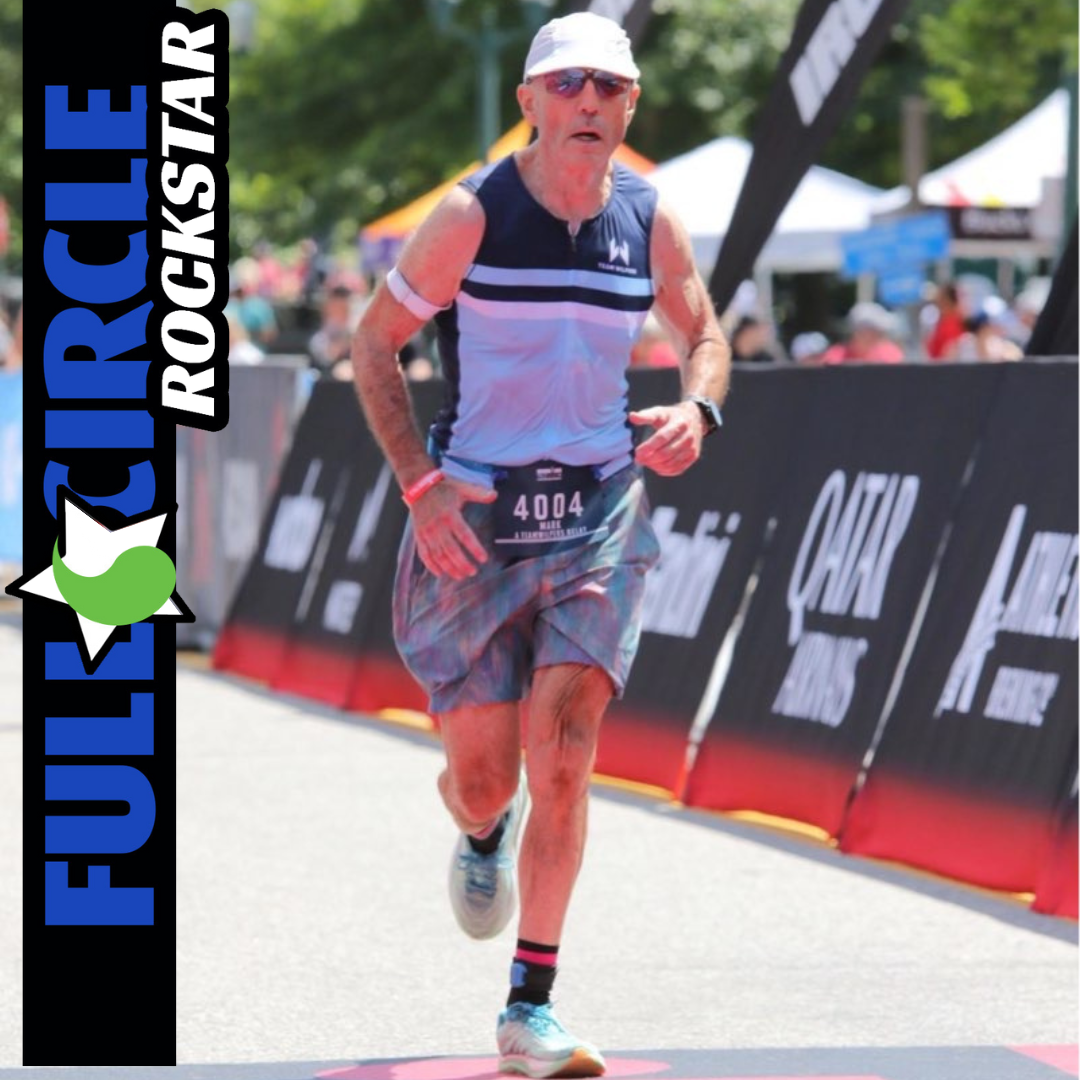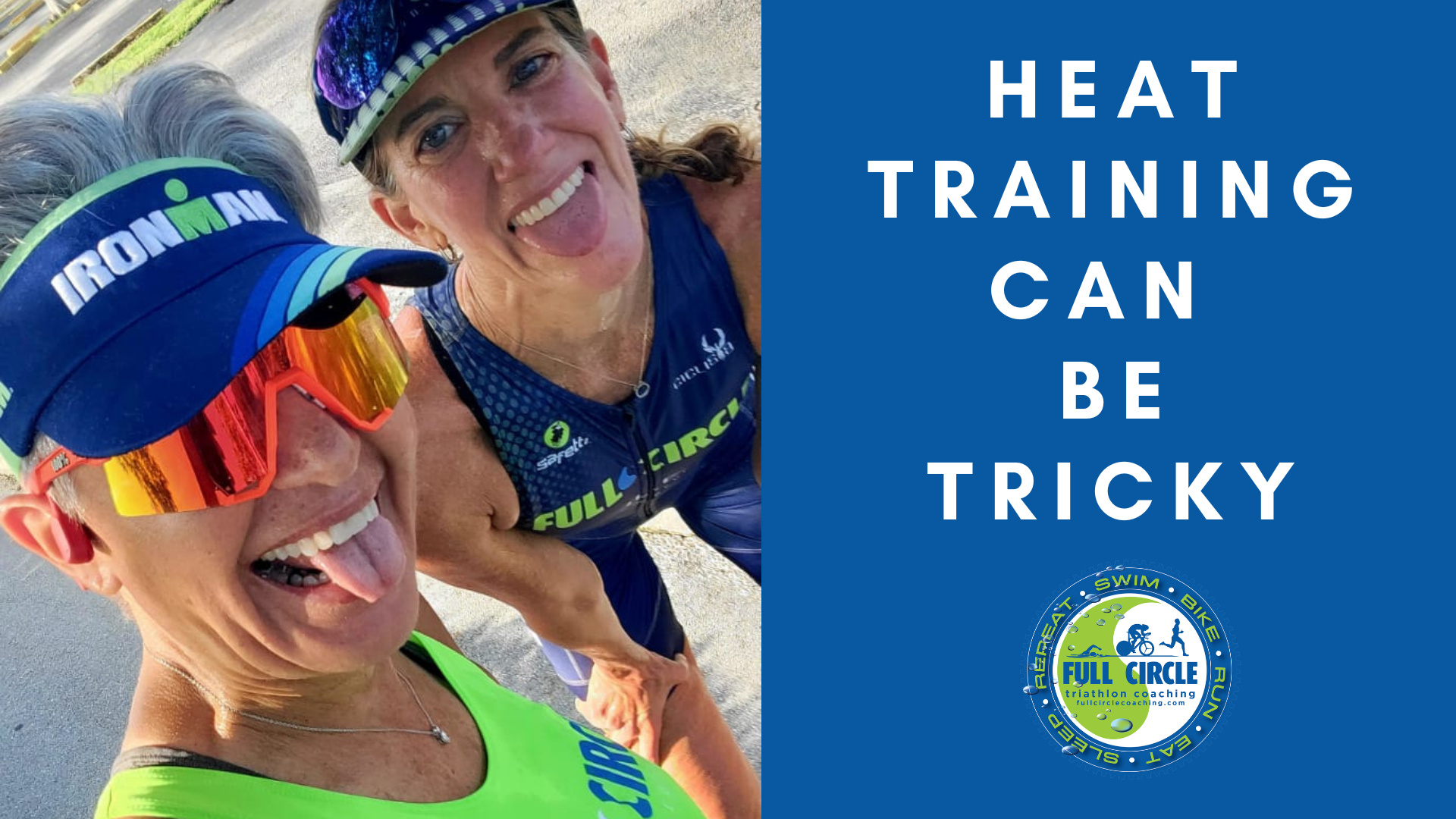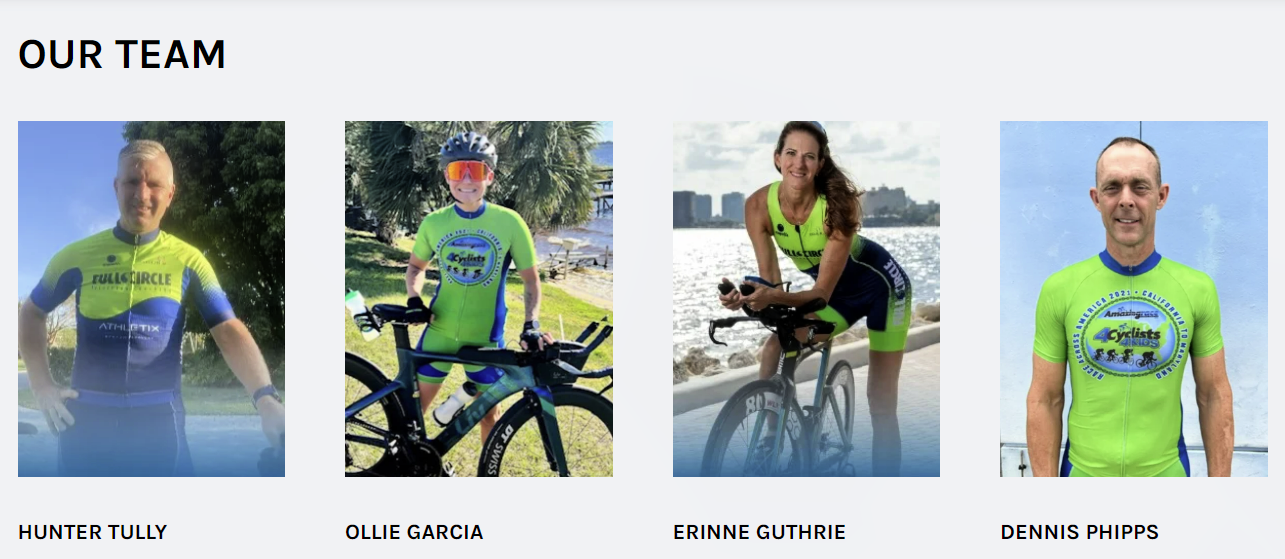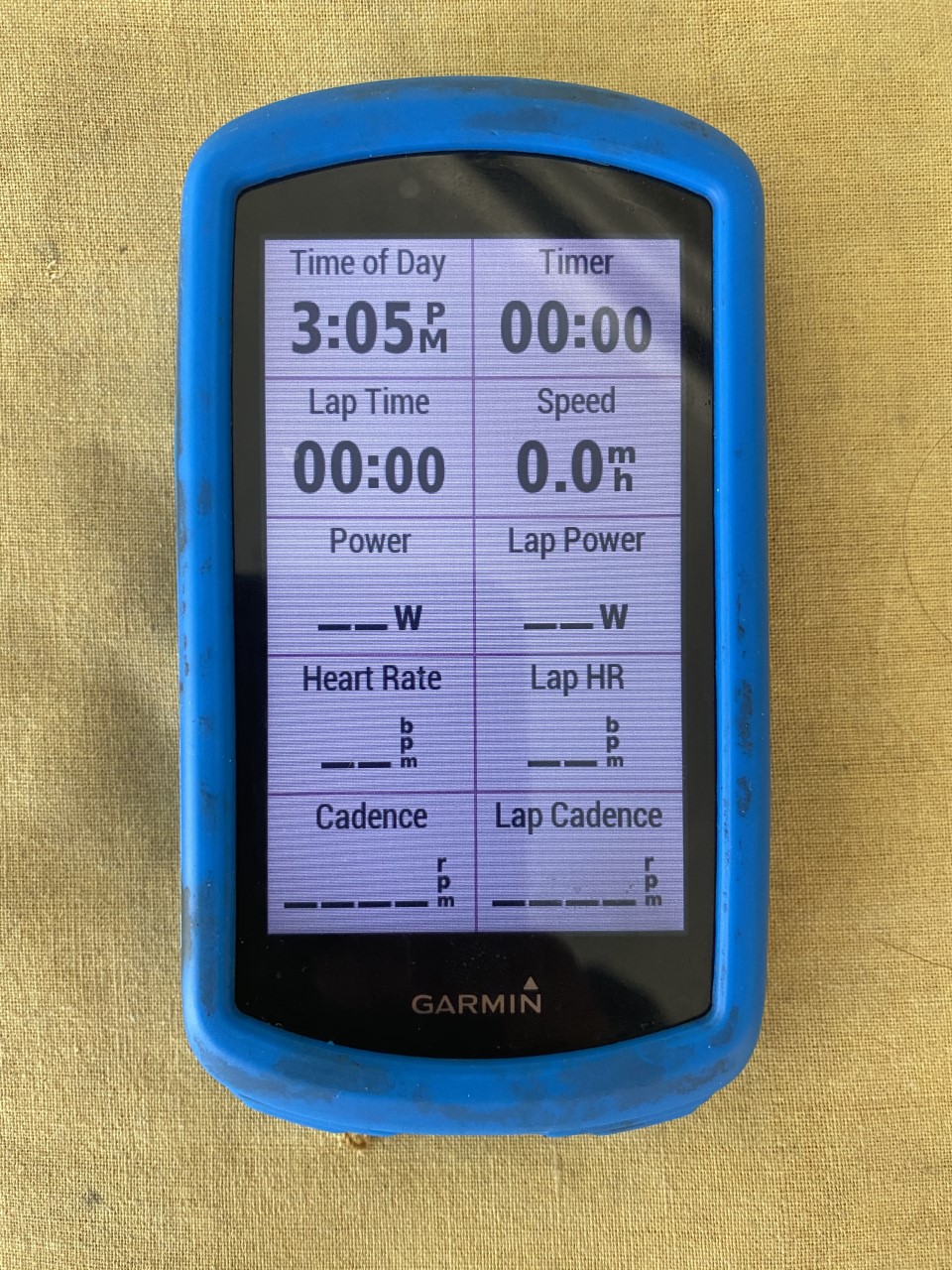It is HOT! The hottest it’s ever been in the history of the world, according to the news!
Please be careful when training in the heat.
Training in the heat can cause excess dehydration, high heart rates, heat stroke, and death! But you can do lots of things to help your body handle the heat and still be able to train and race.
- Practice training in the heat gradually. Start with 15-30 minutes and increase based on your race distance. This can help your body acclimate to higher temperatures. It’s a good idea to plan some of your training at the exact time of day you will be racing so your body gets used to the heat both mentally and physically.
- Sauna- sitting in a sauna post-workout for 15 minutes, building up to 20-30 minutes, can help you get used to the heat as well. If possible, do not drink water while in the sauna, but please hydrate with electrolytes post-sauna.
- Hydrate and fuel a little extra than you think you should. Your body uses more calories and energy to keep core body temperatures down. I suggest sips of cool hydration every 10 minutes minimum in general while training, but especially if the heat is on.
- Add extra sea salt to your food and in your water bottles. Remember to add a good-quality electrolyte mix. My favorite is the watermelon electrolyte supplement from Body Health. Organic coconut water is also helpful for added electrolytes.
- Cooler drinks can help while training in the heat, but be careful with cramping in the stomach if the drink is too cold; one tip is to hold the ice water in your mouth for a few seconds before swallowing and take smaller sips.
- Cool towels and sponges are sometimes offered on the race course. Using this in training works great too! Apply them to your forearms, forehead, back of your neck, and crotch area- be careful not to get your socks wet in your shoes which can cause blisters. Cool forearm sleeves can also be helpful.
- Pre-Cooling- being in air conditioning or under a fan before training or racing can help you handle the heat longer.
- Keep your face shaded with a visor instead of a closed-off baseball cap, and stay away from black helmets and race and training kits; black increases heat!
- Never skip an aid station on the race course; reduce your pace to keep moving forward as needed.
I used every single one of these tips while riding across the desert during RAAM in 2022. They make a big difference when racing warmer races for my athletes and me.
Happy heat training and racing!
Join my private Facebook group, Triathlon Obsessed, for tons of tips and triathlon support!
If you’re curious about what’s possible with your training, schedule your FREE Triathlon Breakthrough Session and let’s do it! Click here: http://www.scheduleyou.in/5ZIsVaU
Erinne Guthrie is a USA Triathlon Level II Certified Coach since 1999 and Chief Motivating Officer at Full Circle Coaching, LLC since 2010. Creator of the 16 week Triathlon Transformation. She has been training, racing and coaching triathletes since 1997. She is also a CHEK Holistic Lifestyle Coach Level 3, USMS Master’s Swim Coach, Motivational Speaker, Metabolic Efficiency Specialist, Mom, Mermaid and much much more.








